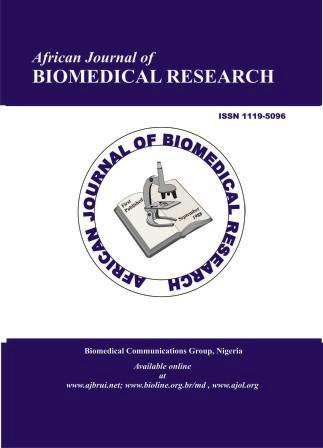The Impact Of Two Prior Lscs On Maternal And Fetal Outcomes: A Clinical Perspective
DOI:
https://doi.org/10.53555/AJBR.v28i1.6219Abstract
Introduction: The increasing prevalence of cesarean sections in various countries worldwide has been described as "an epidemic." In India, cesarean section rates have escalated by 400% in private hospitals and 300% in public hospitals. The increase in incidence has significant implications for maternal and fetal outcomes. Women having a history of two previous lower segment cesarean sections (LSCS) have significantly increased risks and challenges. Surgical complications and long-term maternal and newborn outcomes are frequently inadequately researched. Follow-up records seldom document adhesions, uterine scarring, or conditions such as placenta accreta in subsequent pregnancies. These deficiencies hinder the evaluation of risks and the formulation of customized care strategies for patients with recurrent LSCS. Enhanced surgical documentation, ongoing follow-up, and longitudinal research are requisite to address these concerns. Enhanced data collection and analysis will elevate clinical standards, patient counseling, and outcomes for women with numerous cesarean sections.
Methods: This was a single-center retrospective research undertaken to evaluate feto-maternal outcomes in patients having a history of two previous LSCSs at the Department of Obstetrics and Gynaecology at RLJH, Kolar, over a duration of two years.
Results: The majority of LSCS births were emergency procedures (77.16%), whereas 22.84% were elective. The most common intra-operative complications were adhesions (36.42%), scar dehiscence (22.84%), and postpartum hemorrhage (9.88%). A reduced number of patients experienced blood transfusions (7.41%), ICU admissions (2.47%), bladder injuries (0.61%), or scar ruptures (0.62%). Nineteen percent of patients had no reported issues. The majority of participants (93.21%) had normal placentas, while cases of accreta (1.85%) and previa (4.94%) were less common. The majority of babies were stable alongside their mothers (67.28%), 28.40% required NICU care, and 4.32% experienced intrauterine mortality. Additional treatments were hysterectomy (1.85%), uterine artery ligation (4.94%), and internal iliac artery ligation (3.70%). The majority (89.51%) did not undergo further surgeries. NICU hospitalizations mostly resulted from respiratory distress syndrome (18.52%), preterm delivery (5.55%), and low birth weight (4.32%).
Conclusion: Our investigation found no cases of maternal fatality; nevertheless, there is a correlation between increasing caesarean section rates and elevated morbidity. Abnormal placentation poses a considerable maternal danger in future pregnancies, resulting in possible hemorrhage and heightened maternal morbidity and death.
Downloads
Published
Issue
Section
License
Copyright (c) 2024 Nandini S, aashritha T, Ajitha Kolakotla, Akshitha S Ragam (Author)

This work is licensed under a Creative Commons Attribution 4.0 International License.









